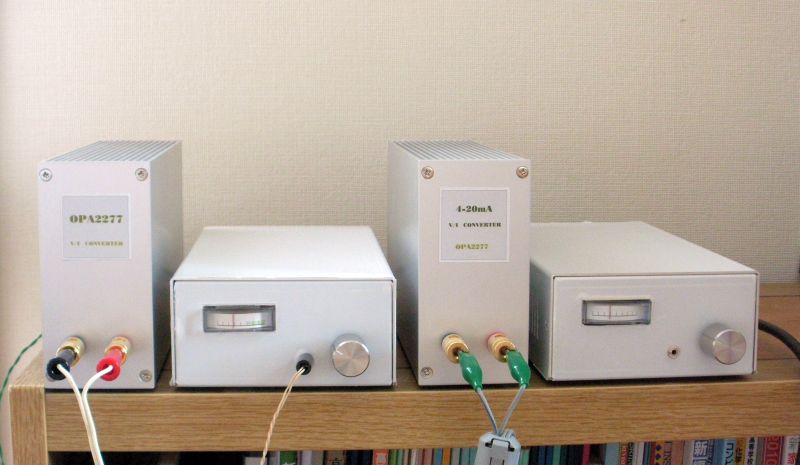since
Aug.
31, 2011
I would like to express my deepest sympathy to all the
people
who suffered from the Great East Japan Earthquake and
Tsunami that hit
northeastern
Japan on March 11, 2011.
As the title of this WEB site implies, an efficient use of
solar
power as a
safe natural energy source and the detection of seismic
electromagnetic
phenomena by the use of FM tuners are being pursued.
Newest waveforms of reception signal levels of radio
broadcast waves
from distant FM
radio stations, that are
continuously observed at Yokohama city, Kanagawa Pref. Japan,
are shown
in a graph in the page under menu "Newest Reception Signal
Levels."

It is reported that extraordinary propagation of radio waves (VLF) occurred shortly before the Great Hanshin Awaji earthquake on January 17, 1995 (According to a book on Earthquake Prediction edited by professor Toshiyasu Nagao).
It is also reported that before M9 Great Tohoku earthquake, the total electron content of the ionosphere increased dramatically over the epicenter, reaching a maximum three days before the quake struck (according to May 18, 2011 MIT Technology Review).
Although the continued observation of FM radio waves may not directly lead to "earthquake prediction", I think it is worthwhile to monitor the changes in reception levels of FM radio signal waves transmitted from distant radio broadcast stations in order to find a clue to the study of the electromagnetic seismic phenomena.
It has been discovered that disturbances to the observation of radio waves in an urban (highly populated) area due to electromagnetic noises from various appliances are not so critical as usually believed.
In the system currently operating, radio waves of different two frequencies are observed concurrently in order to facilitate the differentiation between the reception signal and noises. (Uploaded in 2013, and restarted in March 2019)